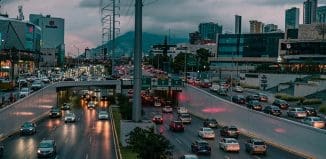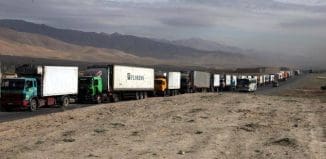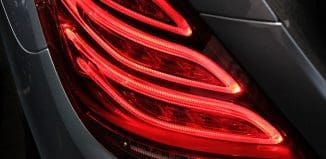In The Future, Police Could Control Your Driverless Car
This post is also available in:  עברית (Hebrew)
עברית (Hebrew)
Autonomous cars may not be that common yet, but isn’t too early to be thinking about the future – a time when driverless cars will be the main method of personal transportation. So we may as well start thinking about the features we implement now so that when it happens, the systems will already have been established.
One of the biggest issues will be the rules under which public infrastructures and public safety officers may be empowered to override how autonomous vehicles are controlled.
It’s not hard to see why the police should want such control. One reason is for traffic control. As Autonomous Vehicles proliferate there are many advantages to having them talk with intelligent roadways, the better to use scarce freeway space. Controls may also be imposed to leave lanes clear for emergency vehicles or crowded busses. Road conditions that are hard to detect by the vehicle’s’ sensors, like weather-related lane closures, may also be more efficiently and fairly handled by having roadways or emergency crews redirect Autonomous Vehicles away from problematic lanes, as well as around police, fire, and Emergency Medical Services activity.
More intrusive controls may be called for to deal with crime. For instance, high-speed chases could become a thing of the past. The vehicles of drunk/drugged individuals who insist on doing their own driving could be pulled over if their cars’ actions could be controlled from the outside. To prevent great mayhem, police may dearly want to override the use of automated vehicles by terrorists or other criminals.
All this may take a while but work should begin as soon as now. Driverless cars should be able to receive real-time commands and in very standardized ways so that a single command is interpreted the same way by all Autonomous Vehicles.





























